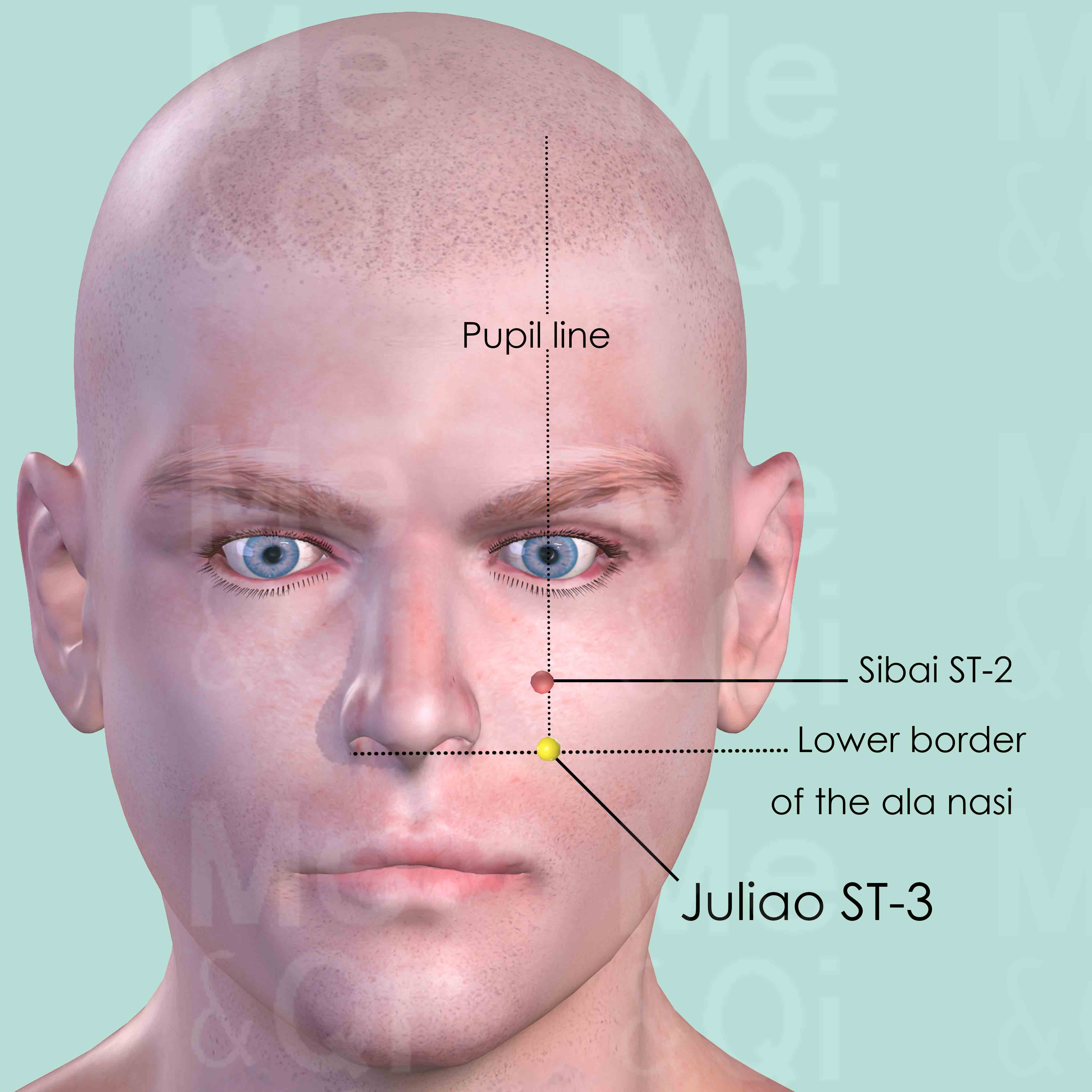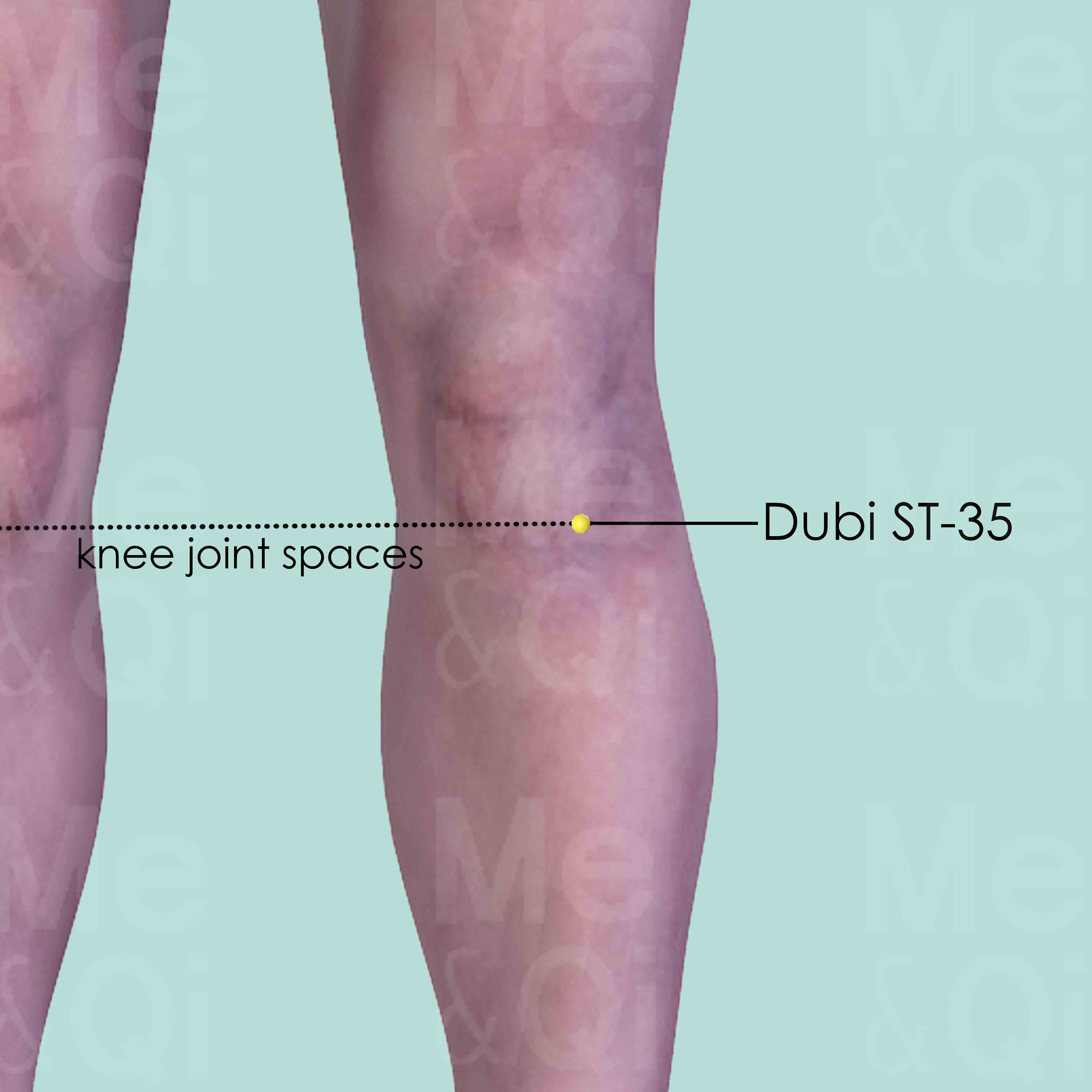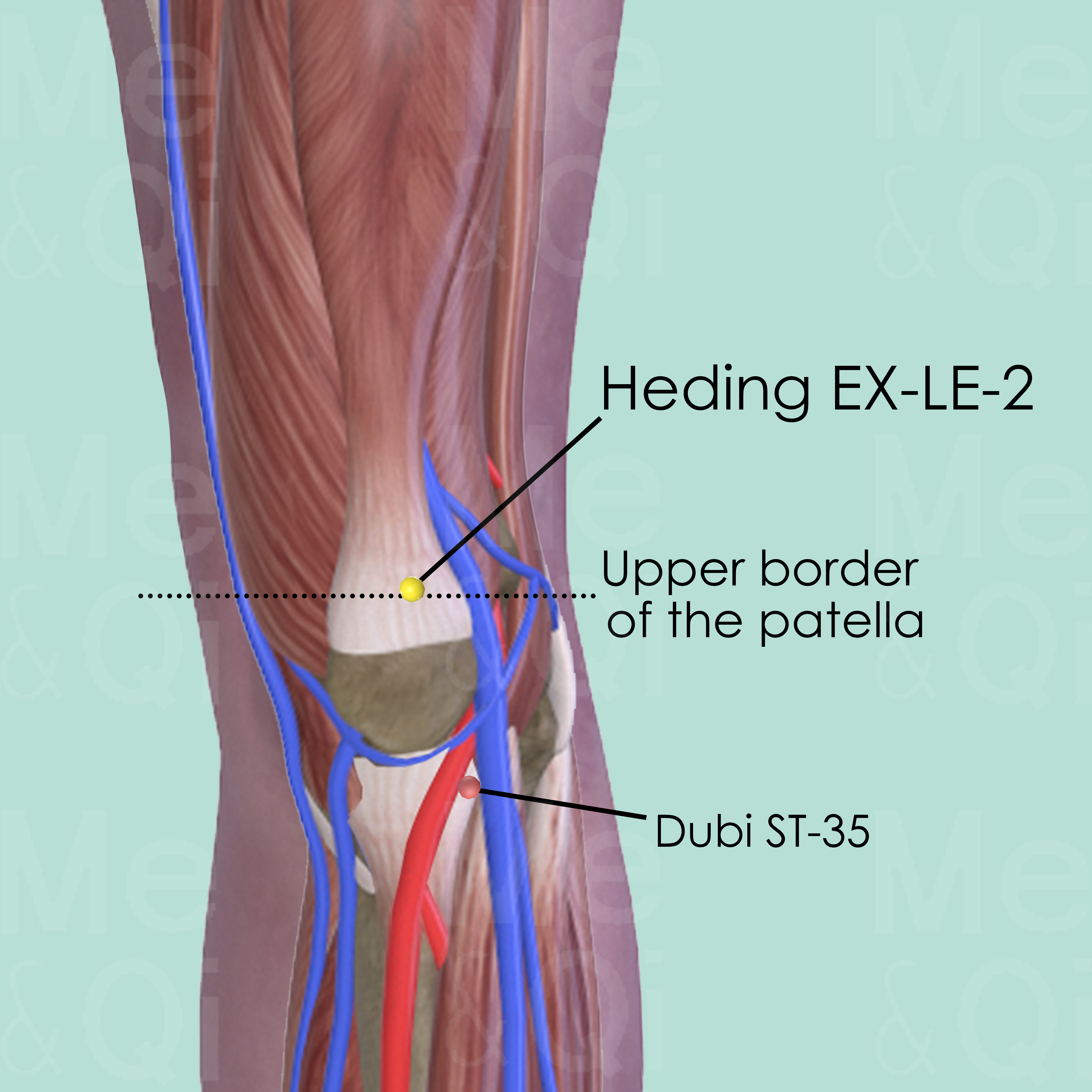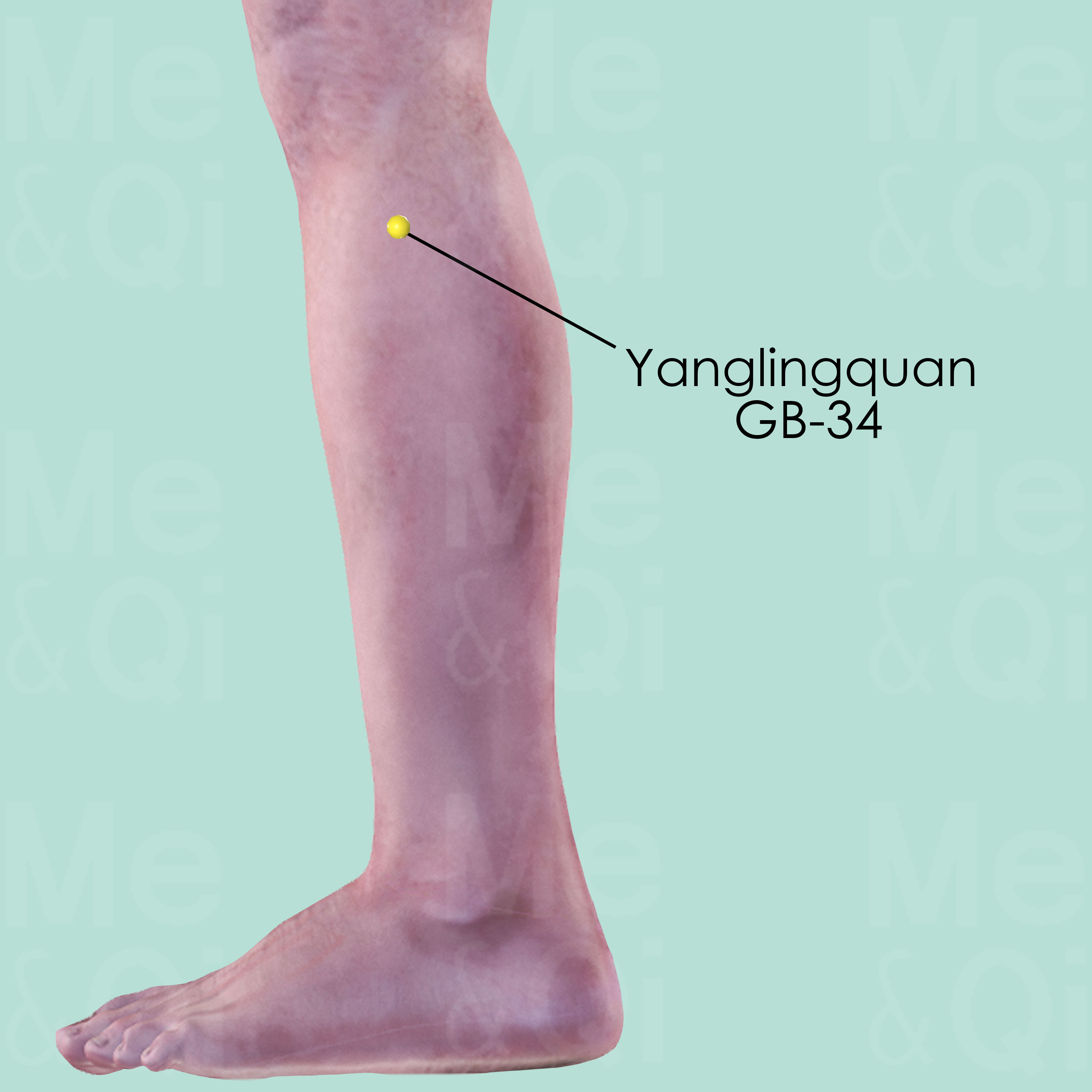Swollen Kneeaccording to TCM
Symptom families: Joint Symptoms, Knee Conditions
Parent symptom: Swollen Joints
What is Swollen Knee?
A swollen knee occurs when excess fluid accumulates in or around the knee joint, leading to an increase in size and often associated with pain and discomfort. This condition can stem from various sources such as injury, overuse, or underlying health conditions like arthritis.
Symptoms accompanying knee swelling can include stiffness, redness, and warmth in the affected area, significantly limiting mobility and impacting daily activities. Understanding the cause behind a swollen knee is crucial for effective management and treatment, making it essential for individuals experiencing this symptom to seek medical evaluation.
How does TCM view Swollen Knee?
Traditional Chinese Medicine (TCM) perceives swollen knee not merely as a symptom of a localized issue but as an indication of imbalance within the body's energetic systems. TCM suggests that swollen knees result from the stagnation of Qi and Blood, or the accumulation of pathological factors such as Dampness, Heat, or Cold invading the knee joint.
This holistic approach emphasizes the importance of identifying the underlying pattern of disharmony, which is essential for selecting the most appropriate treatment strategy to not only address the swelling but also correct the fundamental imbalance.
Root Causes of Swollen Knee in TCM
In TCM, swollen knee is often attributed to Damp-Heat in the Lower Burner. This condition typically presents with symptoms like red and swollen knees, accompanied by lower back pain, weakness of the lower extremities, and potentially thick, greasy secretions or ulcers on the lower limbs.
Such patterns highlight the complexity of TCM diagnostics, where identifying the precise nature of the imbalance—whether due to Dampness, Heat, or a combination thereof—is critical for effective treatment.
Explore below more details about what might cause Swollen knee according to TCM.
- By Syndrome
- Dampness
- Heat
Dampness
"Dampness" in TCM is a concept that describes a pattern of disharmony where the body accumulates excess moisture. Imagine the heavy, sticky feeling you get on a very humid day; that's similar to what dampness feels like internally. It can manifest as a sense of heaviness, bloating, sluggishness, or even a foggy mind. This condition is often thought to arise from environmental factors like living in a damp place, dietary habits that promote moisture in the body, or internal imbalances that hinder the body's ability to process fluids properly. In TCM, dampness can obstruct the normal flow of energy and fluids in the body, leading to various symptoms.... see more
Dampness Patterns That Can Lead to Swollen Knee
| Pattern Name | Relevant Symptoms | Relevant Formulas |
|---|---|---|
| Damp-Heat in the Lower Burner | Red and swollen knees, Scanty and yellow urine, Lower back pain, Weakness of lower extremities, Red and swollen feet, Swollen knee, Thick greasy vaginal secretions, Ulcers on the lower limbs, Scanty and dark urine, Painful urination, Dry mouth... see more | Er Miao San |
Heat
In TCM "Heat" signifies an excess of Yang energy, leading to an imbalance where heat predominates over the body's cool Yin aspects. This condition is metaphorically akin to an internal over-heating. Symptoms indicative of Heat can include feelings of warmth, fever, sweating, irritability, red face, thirst with a preference for cold drinks, and a rapid pulse. The tongue may appear red with a yellow coating. Unlike the common interpretation of heat in terms of temperature, in TCM, it represents a state of hyperactivity or inflammation in the body.... see more
Heat Patterns That Can Lead to Swollen Knee
| Pattern Name | Relevant Symptoms | Relevant Formulas |
|---|---|---|
| Damp-Heat in the Lower Burner | Red and swollen knees, Scanty and yellow urine, Lower back pain, Weakness of lower extremities, Red and swollen feet, Swollen knee, Thick greasy vaginal secretions, Ulcers on the lower limbs, Scanty and dark urine, Painful urination, Dry mouth... see more | Er Miao San |
TCM Herbal Formulas for Swollen Knee
To combat the underlying causes of a swollen knee, TCM relies on a repertoire of herbal formulas and specific herbs. For issues stemming from Damp-Heat in the Lower Burner, Er Miao San, which includes Phellodendron bark (Huang Bo), is frequently recommended.
This formula is designed to expel Dampness and clear Heat, addressing the root cause of swelling and redness. Such targeted treatments exemplify the TCM approach of personalized medicine, focusing on restoring balance and promoting the body's natural healing processes.
See more details below about Er Miao San, a herbal formula used to address swollen knee.
- By Cause
- By Formula Type
- Dampness
- Heat
- Formulas that expel dampness
Top Formula for Dampness:
Er Miao San
Suitable for Dampness patterns that may cause swollen knee, such as Damp-Heat in the Lower Burner
Learn moreTop Formula for Heat:
Er Miao San
Suitable for Heat patterns that may cause swollen knee, such as Damp-Heat in the Lower Burner
Learn moreFormulas that expel Dampness
These formulas are suitable for some swollen knee-causing patterns like Damp-Heat in the Lower Burner.
One such formula is Er Miao San, with phellodendron bark as a key herb.
Acupoints for Swollen Knee
Acupuncture plays a vital role in the TCM treatment of swollen knee, with specific acupoints selected to address the underlying imbalances. Points such as Dubi ST-35 and Xiyan (comprising Dubi ST-35 and Neixiyan EX-LE-4) are particularly effective for expelling Wind-Damp and reducing swelling and pain.
Additional points like Liangqiu ST-34 and Yanglingquan GB-34 target obstructions in the channel and resolve Damp-Heat, further illustrating the holistic approach of TCM in treating not just the symptoms but the root cause of the condition.
Explore below some acupoints used to address swollen knee, organized by meridian.
- By Meridian
- Stomach Channel
- Extra Points: Lower Extremities (EX-LE)
- Gall Bladder Channel
- Lung Channel
- Bladder Channel
- Spleen Channel
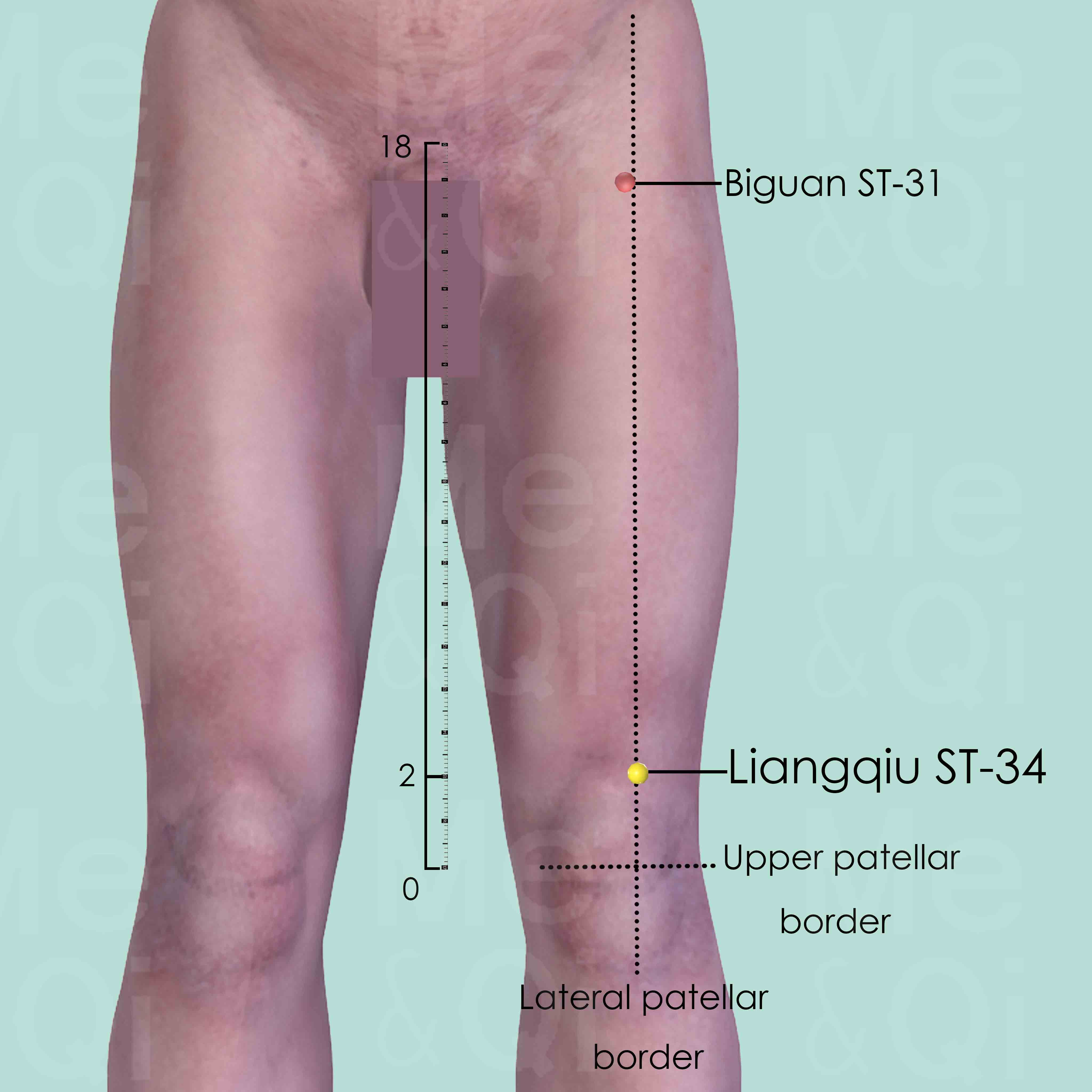
Liangqiu ST-34
2 cun above the upper-lateral border of the patella, on a line between the upper lateral patellar border and the anterior superior iliac spine (ASIS).
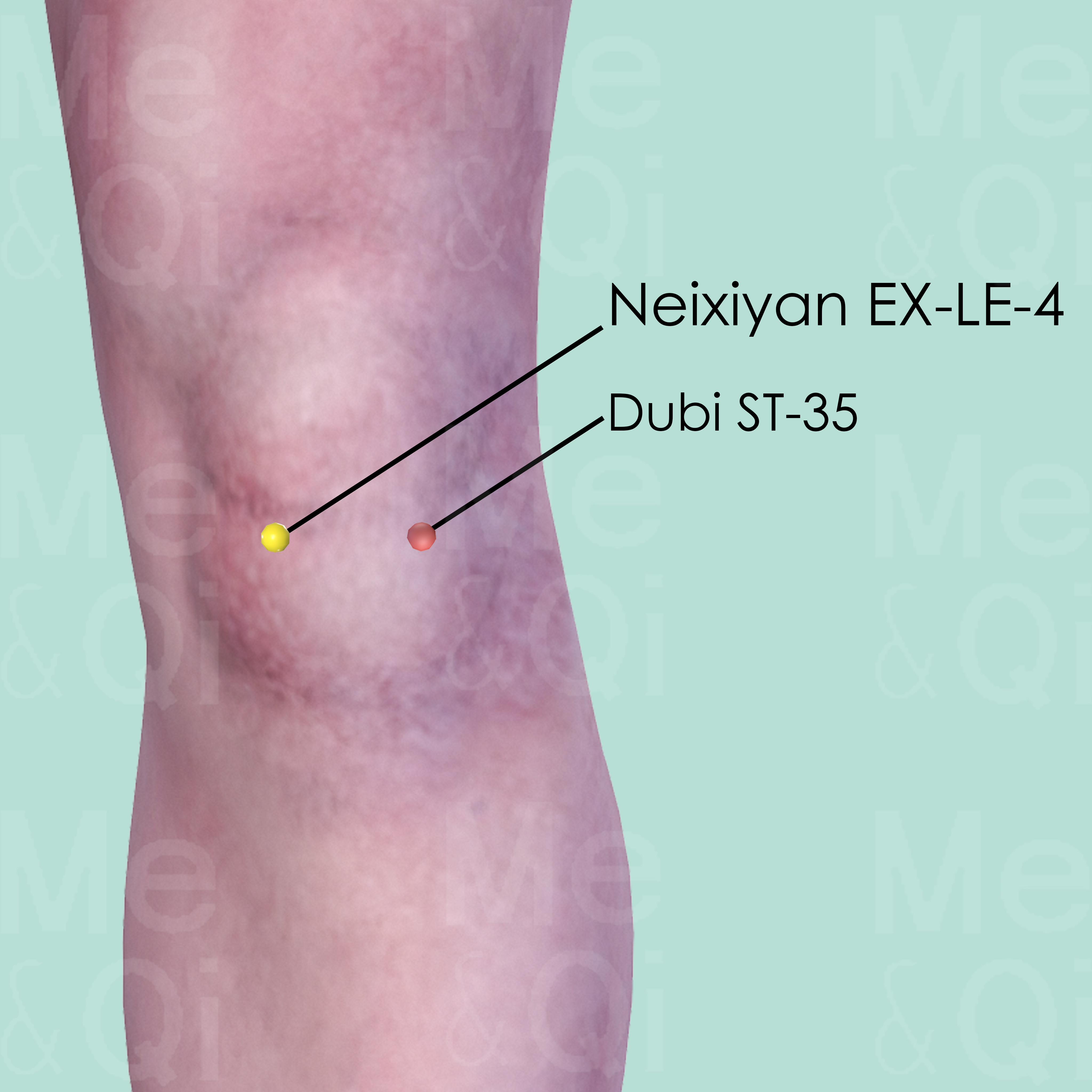
Neixiyan EX-LE-4
With the knee flexed, inferior to the patella, in a depression medial to the patellar ligament. Dubi ST-35 is at the same level, in a depression lateral to the patellar ligament. Both points form the Extra point of Xiyan EX-LE-5.
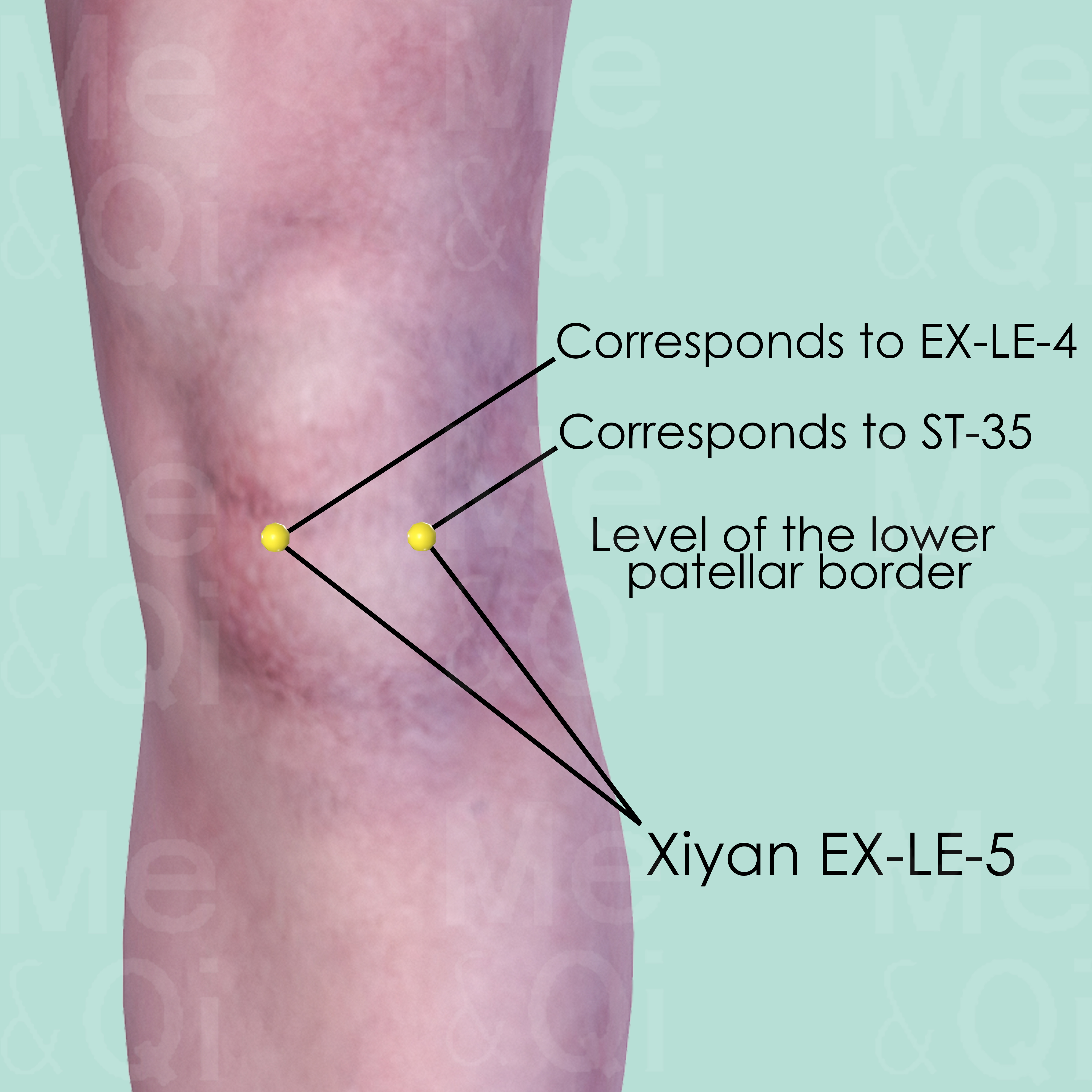
Xiyan EX-LE-5
This is a group of 2 points, composed of Dubi ST-35 and Neixiyan EX-LE-4. Both are located inferior to the patella, medial and lateral to the patellar ligament. Dubi ST-35 is the lateral one, while Neixiyan EX-LE-4 is the medial one.
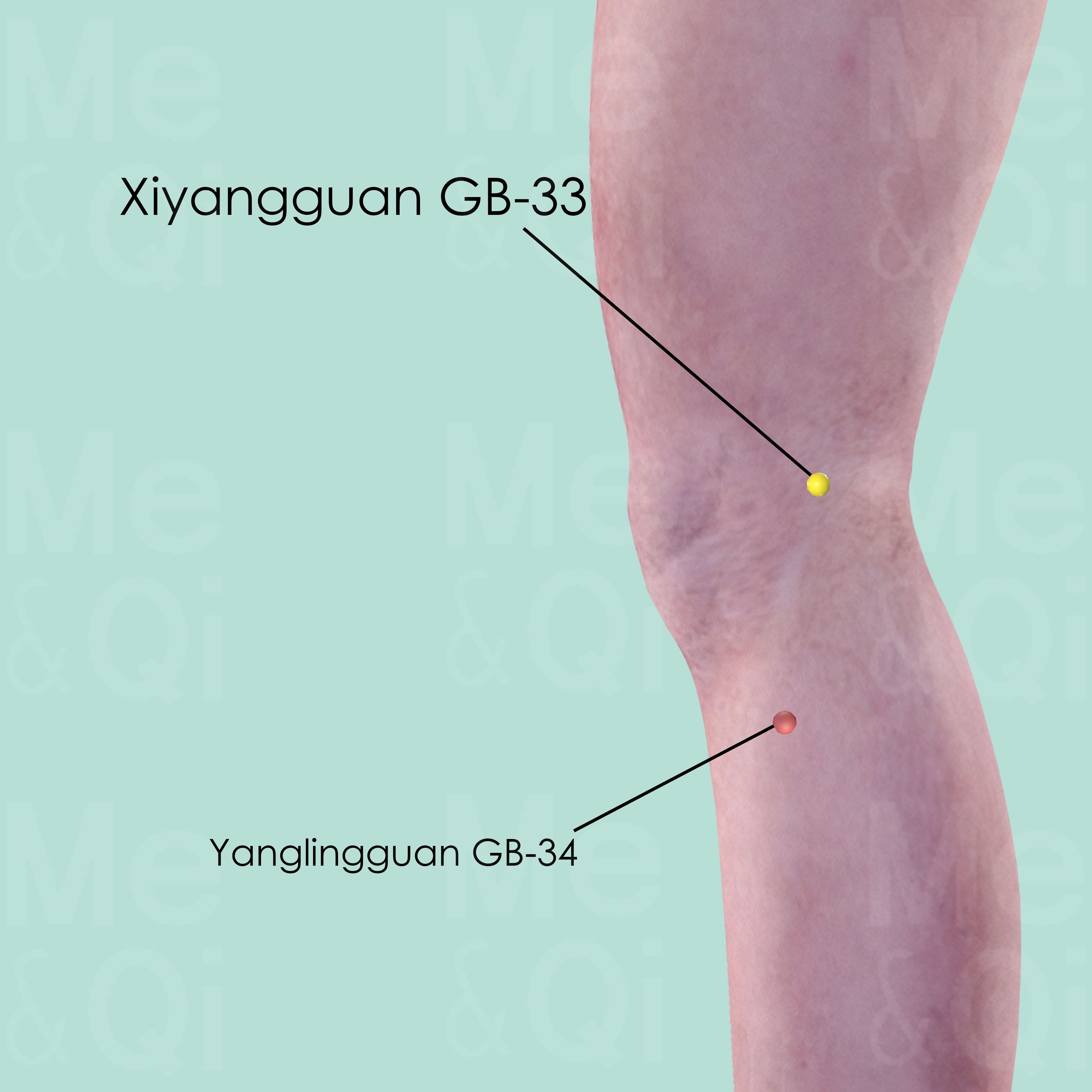
Xiyangguan GB-33
When the knee is flexed, Xiyangguan GB-33 is above Yanglingguan GB-34, in the depression between the shaft of the lateral epicondyle and the tendon of the biceps femoris muscle.
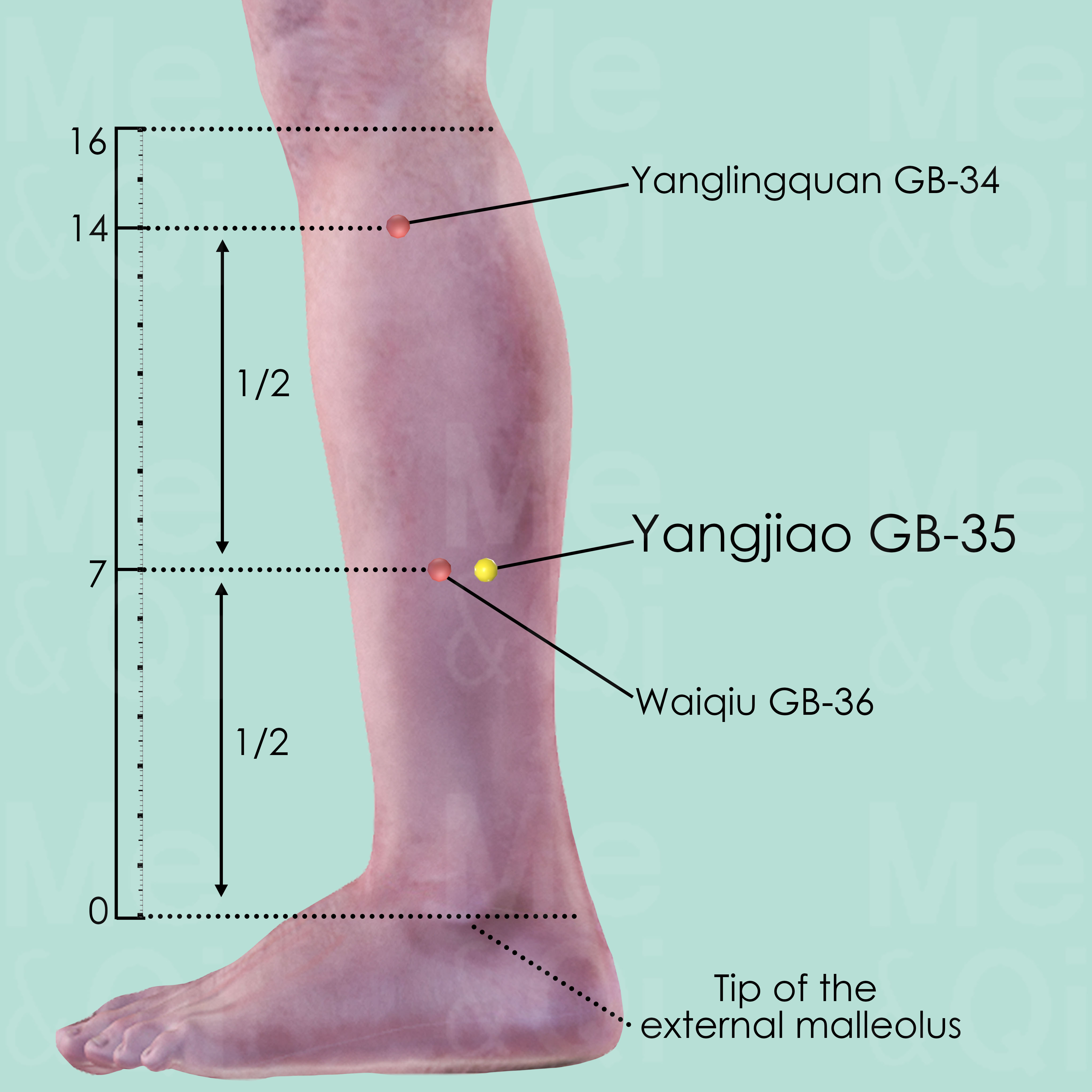
Yangjiao GB-35
7 cun above the tip of the external malleolus, on the posterior border of the fibula, within the distance between the tip of the external malleolus and Yanglingquan GB-34. It is also at the same level as Waiqiu GB-36.
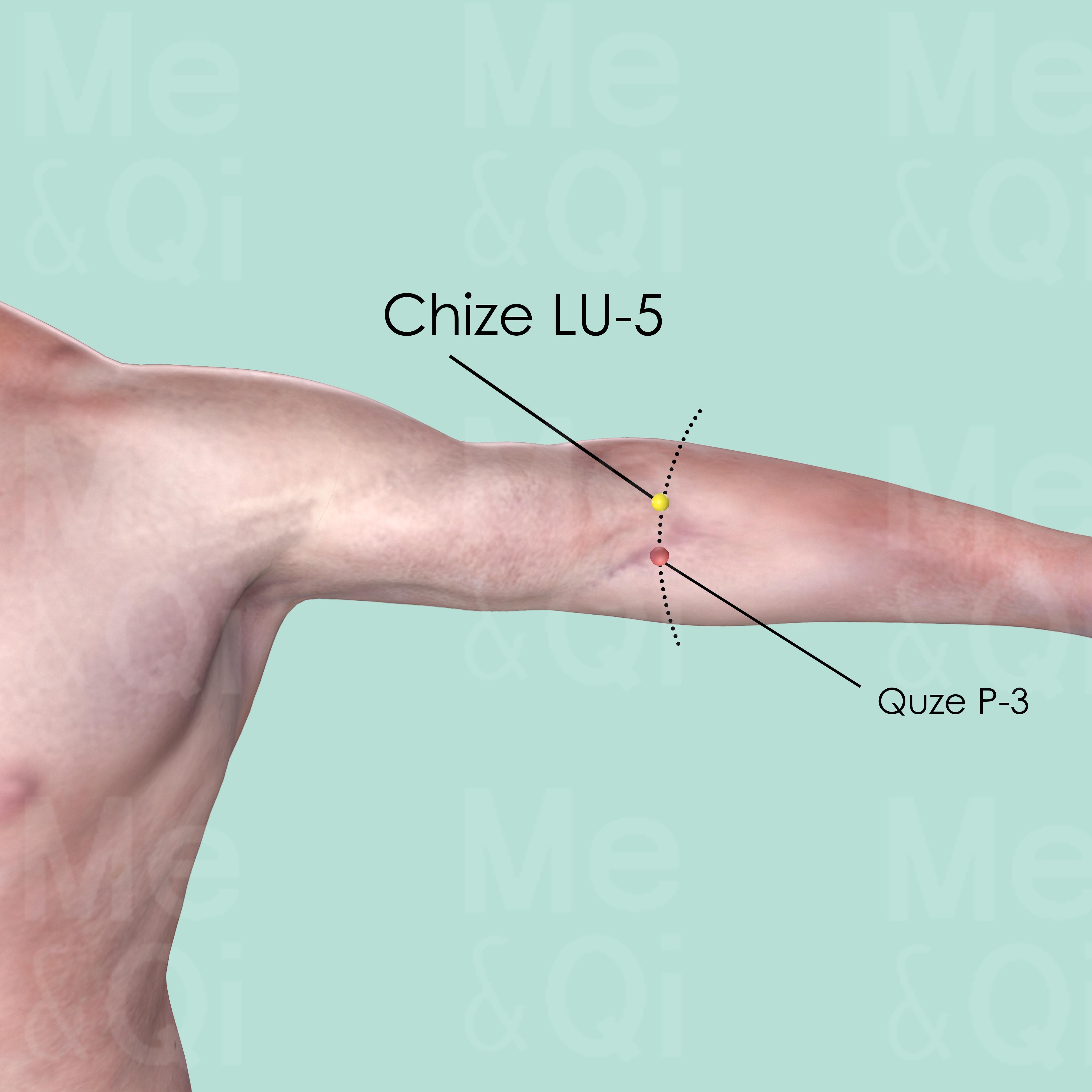
Chize LU-5
On the cubital crease, on the redial aspect of the biceps tendon. It can be easily identified when the elbow is slightly flexed.
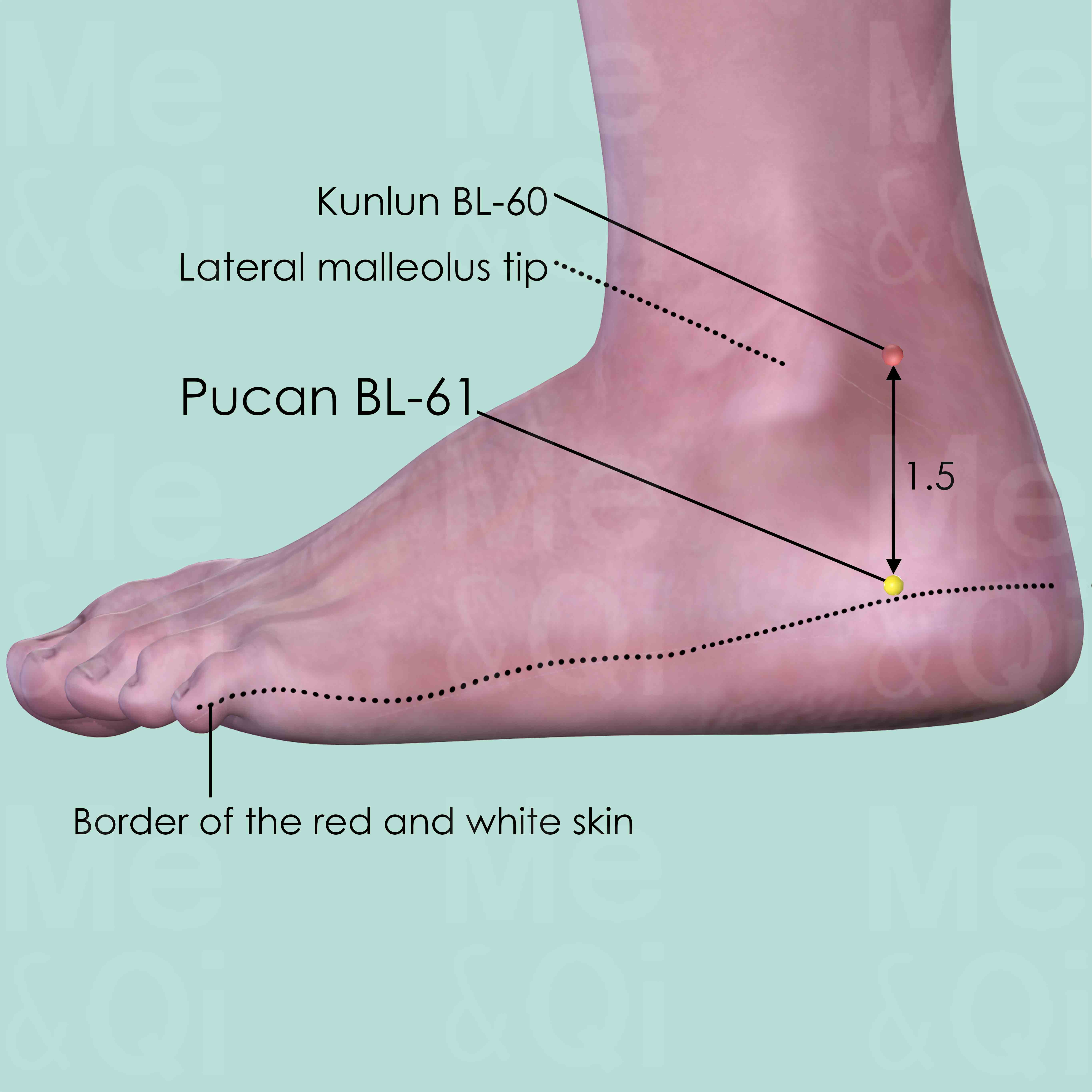
Pucan BL-61
Posterior and inferior to the external malleolus, directly below Kunlun BL-60, in the depression of the calcaneum at the junction of the red and white skin.
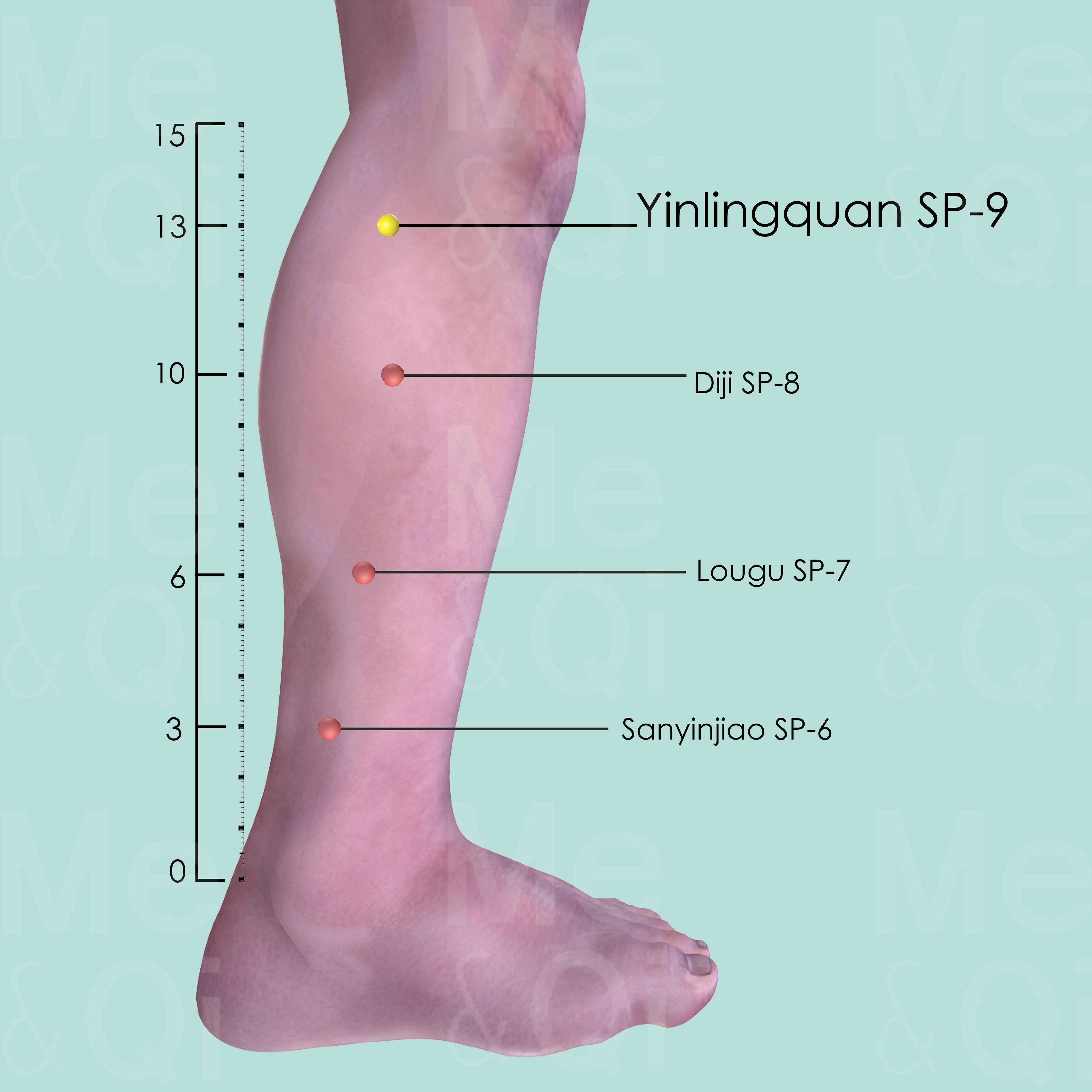
Yinlingquan SP-9
On the lower border of the medial condyle of the tibia, in the depression between the posterior border of the tibia and gastrocnemius muscle.

